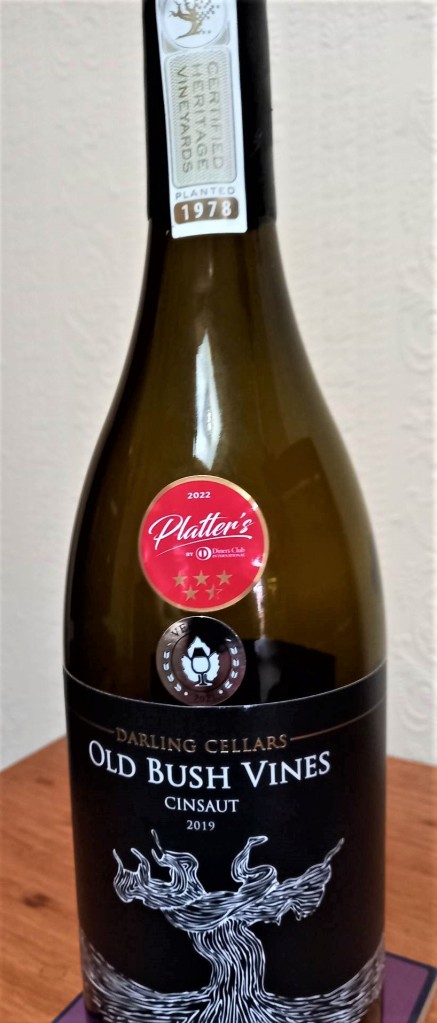It was our wedding anniversary recently and, to celebrate, I was looking for a wine from ‘our’ year. Sadly, most would be long past their best and the few still worth drinking are way beyond our budget (even for a very special occasion). So, we dined out (very enjoyably) instead. But a couple of days later, by chance, I noticed a bottle in our wine rack. The neck label said that the wine was made from grapes from a Heritage Vineyard planted in 1978, so 45 years ago, precisely the length of time Hilary and I have been together. We had to open it, of course!
Darling Cellars (an appropriate name!) Old Bush Vines Cinsaut from South Africa (Waitrose Cellars, £16.99) was very deeply coloured for the variety (normally spelt Cinsault in France) and had lovely juicy red fruits and a hint of vanilla oak on the nose. In the mouth, the fruits were more black than red – ripe blackberries in particular – and the oak, though still there, was very subtle and well-integrated. A lovely, big, mouth-filling wine, despite ‘only’ 13.5% alcohol and with a long, fresh, dry finish. A perfect partner for a rib-eye steak but surprisingly very drinkable on its own before the meal.
I’ve noted before how much South African wines have improved in the last 20 years but this vineyard planting in 1978 – still during the years of Apartheid isolation – showed remarkable foresight and must have been quite an economic gamble. Even now, Cinsault isn’t a particularly popular grape – in its native South of France, it’s often grubbed up and replaced with the more fashionable Syrah – yet this example proved its quality, helped, no doubt, by the intensity of old vine fruit.
Tasted blind, I’d never have picked this as a Cinsault, nor as South African. My best guess might have been a good quality Malbec from Argentina. So, if you like those, do give this a try instead.

